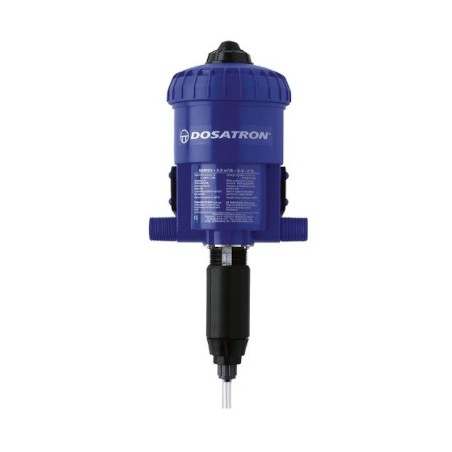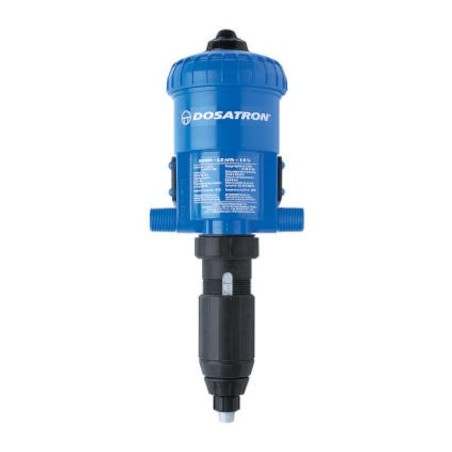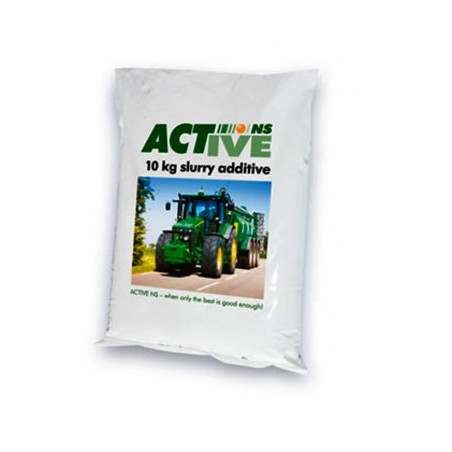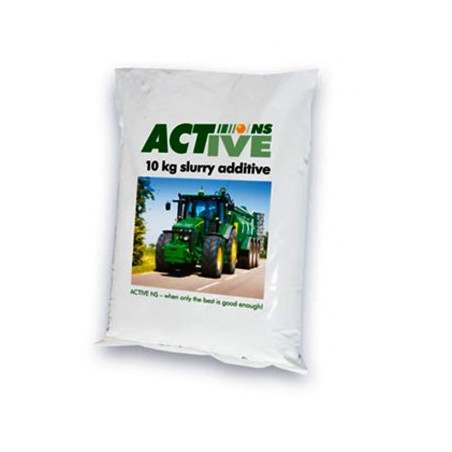Fertilization plan
The simplest way to add value to slurry is to use it for fertilizer. This involves applying it to the soil at the right time to get the maximum yield as fertilizer and avoid, or reduce, the use of chemical fertilizers. It is not a simple task; it is not just a matter of putting slurry on the field, so consulting fertilization specialists is recommended.

The fertilization plan will depend on each crop and on the geographical or climatological zone. It should be programmed over time, for example, over the course of a year. The steps described below should be exactly defined.
Application rate
It is advised to adjust inputs to an agronomic application rate that reduces the risk of soil degradation and water pollution. An approximation to this adjustment suggests that the application rates should correspond to what the crop removes, which means that the appropriate application rates depend on the productivity of the crop.
A non-irrigated cereal has a lower productivity than an irrigated one, and therefore fixes less nitrogen in its tissues and seeds. Applying the same amount of slurry, in either case, or applying a "legal" dose of 170 kg N/ha (according to European regulations), implies that part of the nitrogen will not be used by the crop and will be lost to groundwater and the atmosphere. For this reason, most codes of good agricultural practices recommend applying doses that are adjusted to the specific demand of the crop.
Remnants of nutrients from previous applications may remain in the soil, so adjusting the application rate for a new application requires a soil analysis to know the remaining concentrations and to not over-fertilize, which would lead to a higher risk of contamination.
It is easy to understand that in order to do this correctly "measuring" periodically is needed: measuring nitrogen and phosphorus concentrations in the slurry, measuring their concentrations in the soil, and measuring what the crop has removed once harvested. This is the only way to balance nutrients and take actions to reach the maximum possible efficiency of fertilization.
Applying according to nitrogen content and requirements is typical, but the limiting factor may be phosphorus, or potassium if nutrient recovery techniques have been applied beforehand. In the latter case, the limiting factor is usually salinity.
Timing of application
Slurry should be applied at times of the year when the soil is dry, to avoid the risk of percolation beyond the root zone.
It is also recommended to choose periods in which the crop needs nutrients for its growth.
Keep in mind that there are times of the year when application is not possible (no crop, frozen soil, etc.).
Application method
It is recommended to incorporate the slurry by injection into the soil or by surface application via hanging tubes (see Figure 1), to avoid unpleasant odors, ammonium volatilization, and losses due to surface runoff. Applying when crops have higher requirements makes adopting precision irrigation systems recommended, for which a solid/liquid separation would be necessary in order to apply the liquid fraction via localized irrigation and the solid fraction before sowing. Sprinkler irrigation would be recommended if the ammonium has been fixed beforehand, lowering the pH to avoid volatilization.

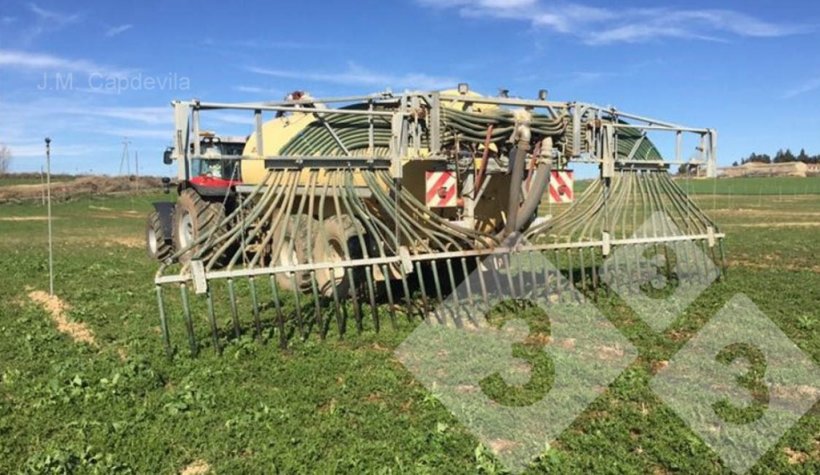
Figure 1. Slurry application system that uses hanging tubes, to avoid aerosols and ammonia emissions, and to achieve a more uniform application. Photo courtesy of J. M. Capdevila.
Slurry should not be applied within 10 meters of waterways, whether they be temporary or permanent. Likewise, water from surface runoff should be prevented from flowing directly into streams.
The use of heavy trucks for slurry application should be avoided in order to prevent soil compaction. One solution is to use transportable tanks (Figure 2) placed at the edge of the field and strategically distributed from where lighter tractors can carry out the applications.
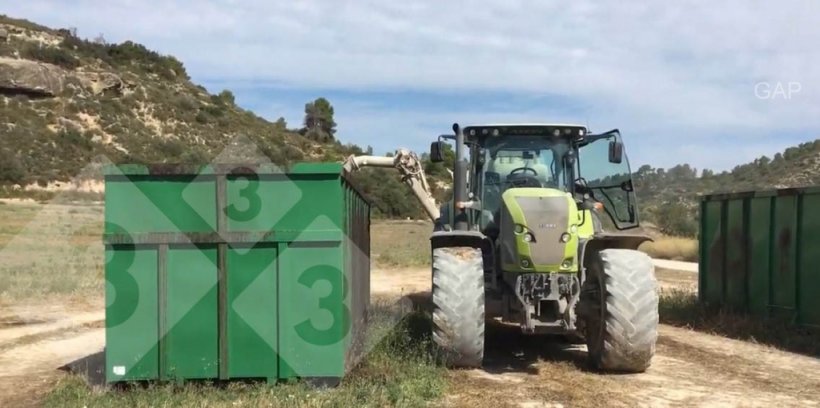
Figure 2. 50 m<sup>3</sup> tanks located at the edge of the field to facilitate the logistics of transporting and applying slurry. Photo courtesy of GAP (Gestió Agroramadera de Ponent SCCL).
The fertilization plan must take into account the legal restrictions on application on the geographical area in question, such as municipal regulations or higher.
With the information from the fertilization plan, it is necessary to ensure that the volume or retention time of the slurry lagoon is adequate. Once this has been verified, it will be possible to classify or define the type of problem to be solved.
What should the retention time and volume of the slurry lagoon be? 
My lagoon is adequate, what other problem do I have to solve? 




